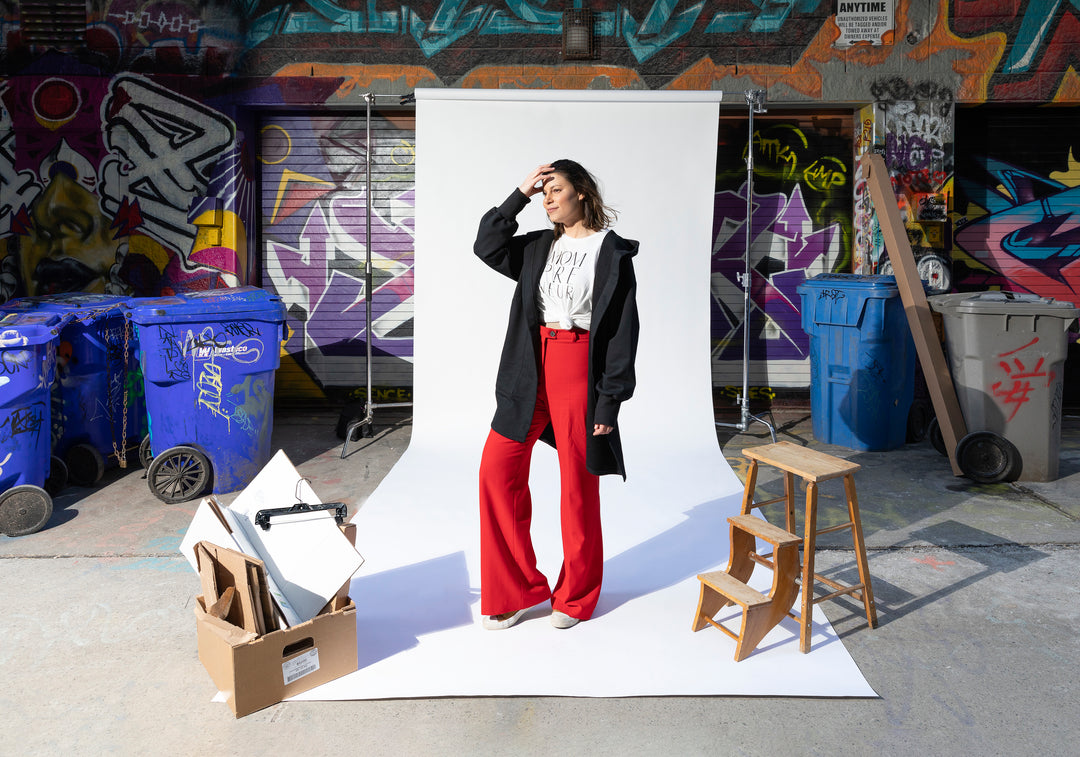The Ultimate Guide to a Sustainable, Seasonal, and Inclusive Wardrobe for Every Age Group
As a parent, I know how overwhelming shopping for your child's clothes can be. How many clothes do kids actually need? What about seasonal items or special occasion outfits? Over the years, I've learned that the key is to build a sustainable, inclusive, and practical wardrobe that caters to all genders and reduces waste. Here's my ultimate guide, broken down by age groups and including some clever tips and tricks to maximize the use of your kid's wardrobe.
Core Items: The Foundation of a Kid's Wardrobe
The 'core items' are everyday wear that forms the backbone of your child's closet. These are the clothes they'll be wearing to school, on playdates, and during their downtime at home.
For all genders, I recommend:
- 7 pairs of underwear and socks
- 5-7 pairs of pants or shorts
- 5-7 shirts (a mix of short and long-sleeved depending on your climate)
- 2-3 sweaters or hoodies
- 2 pairs of pajamas
These numbers aren't set in stone. They're a starting point, aiming to have enough clothes to last a week without needing to do laundry every other day.
Seasonal Items: Adapting to Mother Nature
Seasonal clothing needs will vary significantly depending on where you live. If you're in an area with four distinct seasons, you'll need a variety of items to keep your child comfortable throughout the year. Don't forget about necessary accessories like mittens, hats, sunglasses, snow pants, and rain jackets.
For colder months, consider:
- 1 heavy winter coat
- 2 lighter jackets or sweaters
- 2 pairs of gloves and hats
- 1 pair of snow pants
- 1-2 pairs of weather-appropriate boots
For warmer months, you might need:
- 1-2 swimsuits
- 1 pairs of sandals or flip-flops
- 1-2 sun hats
- 1 pair of sunglasses
- 1 rain jacket
Again, adjust these numbers based on your specific climate and your child's activities.
Special Occasion Items: Dressing Up Without Overdoing It
Special occasion wear can easily become excessive if not kept in check. Remember, kids grow quickly, so they may only get one or two wears out of these items. Aim for:
- 1-2 formal outfits (such as dresses, suits, or other dressy ensembles)
- 1 pair of formal shoes
Age Group Breakdown: Back to School Wardrobe
As the back-to-school season approaches, it's important to keep in mind that many pieces from last year might still be perfectly wearable and fit well. Start by conducting a thorough inventory of your child's current wardrobe to identify what still fits. This process not only declutters your child's closet but also provides a clear overview of what new items need to be acquired for the upcoming school year.
Sustainability: Reducing Waste and Promoting Longevity
Sustainability should be a key factor when considering your child's wardrobe. Here are some tips to promote longevity and reduce waste:
- Embrace Repeat Wearing: Teach your child that it's okay to re-wear clothes they love.
- Quality Over Quantity: Invest in higher-quality items that can withstand frequent wear and washing.
- Seasonal Switches: Transition clothing items between seasons. For example, layer a short-sleeved shirt under a cardigan or sweater in colder months.
- Upcycle Clothes: When clothes become too small or worn, transform them into something new. Too-short pants can be cut into shorts for summer.
- Clothing Care: Teach your children how to properly care for their clothes to extend their lifespan.
- Donate or Swap: When your kids outgrow their clothes, consider donating them or organizing a clothing swap.
If you're considering buying new items, I encourage you to support brands like Nudnik. We are committed to upcycling waste into new clothing that kids love to wear. Our clothing is genderless, making it easy to pass down and around. Moreover, our products are compostable at the end of their life cycle, meaning they won’t be polluting our planet for hundreds of years. Keep an eye out for our back-to-school styles dropping at the end of the month!
In conclusion, creating a sustainable, seasonal, and inclusive wardrobe for your kids doesn't have to be complicated. By focusing on core items, adapting to the seasons, being mindful of special occasions, and implementing sustainable practices, you can ensure your child has everything they need without excess. Each child is unique, and these guidelines should be adapted to fit your child's lifestyle and your family's values around sustainability.





Leave a comment